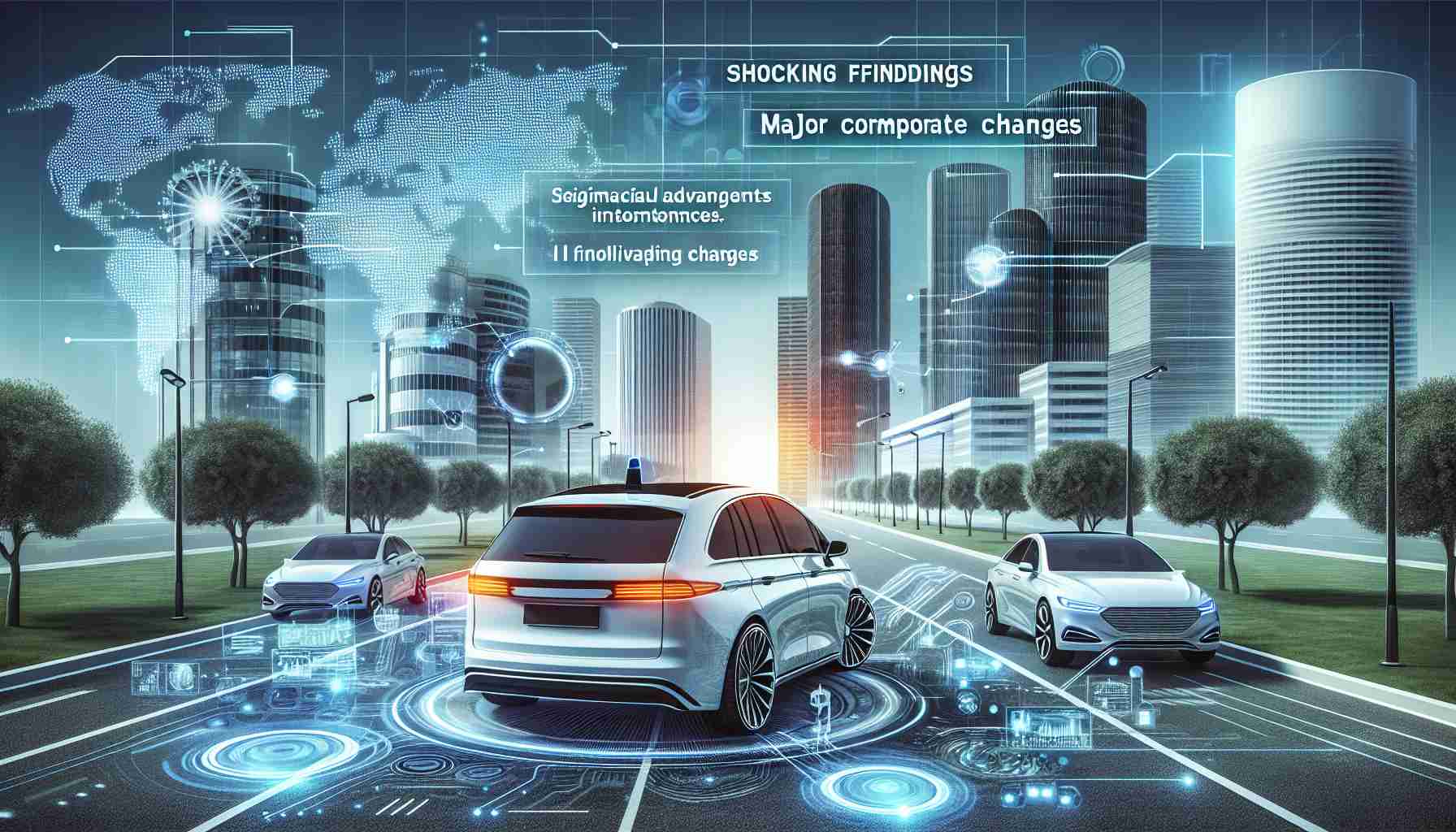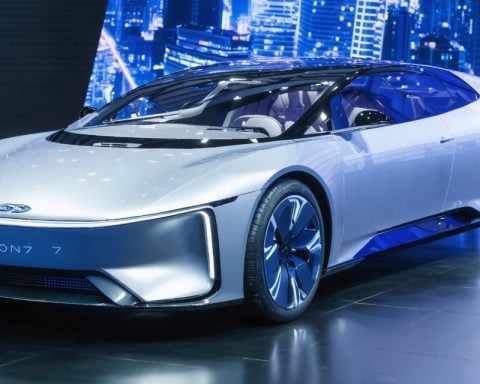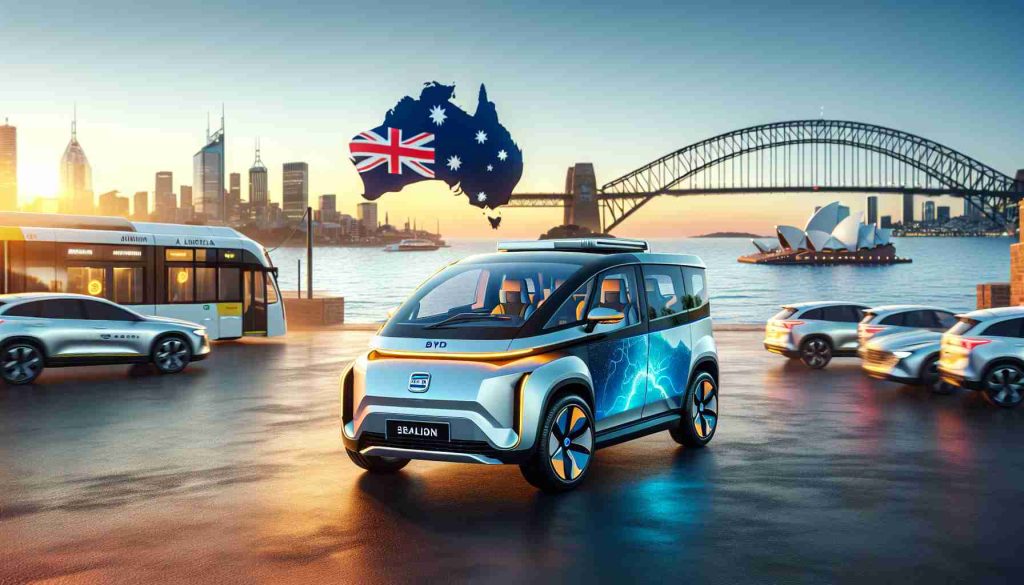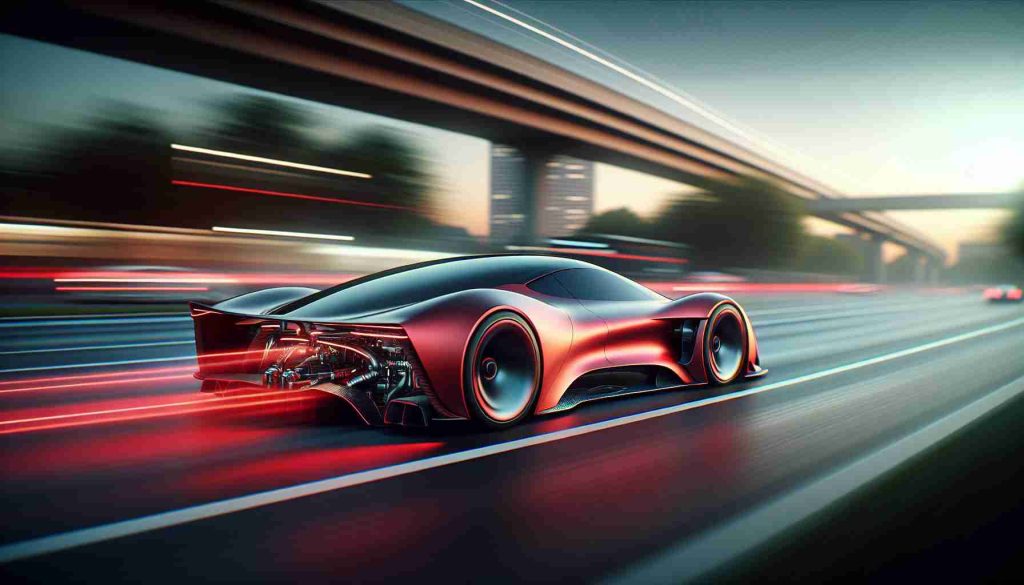The Latest Developments in Autonomous Vehicle Innovation
The world of autonomous vehicles is buzzing with critical updates. Recent investigations by the National Highway Traffic Safety Administration (NHTSA) have put Ford’s BlueCruise system under the microscope. This comes in response to two tragic accidents involving the Mustang Mach-E, where the automated driving feature failed to take necessary evasive action. The NHTSA’s Engineering Analysis EA25001 aims to uncover the system’s detection shortcomings, particularly at highway speeds and in low visibility, revealing a concerning 32 accident reports tied to BlueCruise.
Moreover, Guident Corp., a leader in teleoperation technology, has secured extensive patent protections in Europe, covering key advancements that emphasize safety through AI-driven monitoring for autonomous vehicles. Their innovations aim to set new benchmarks for autonomous mobility.
In parallel, Aptiv PLC is undergoing a significant transformation by splitting its Electrical Distribution Systems (EDS) unit into a separate entity. This strategic move is envisioned to allow both Aptiv and the new EDS firm to concentrate on unique market opportunities. With an expected completion by March 2026, this division promises to maximize shareholder value and enhance operational efficiency in response to the ongoing evolution in the electric vehicle arena.
Stay tuned for more groundbreaking updates in the dynamic realm of self-driving technology!
The Broader Implications of Autonomous Vehicle Innovation
As the autonomous vehicle (AV) industry continues to evolve, its influence extends beyond technological advancements, intertwining with critical societal, cultural, and economic dynamics. The integration of AVs into everyday life holds the potential to transform urban planning and transportation infrastructure, addressing congestion and reducing road fatalities. According to the World Economic Forum, employing AV technology could decrease traffic accidents by up to 90%, highlighting the urgent need for reform in road safety strategies.
Culturally, the acceptance of autonomous vehicles reflects a shift in public perception regarding technology’s role in society. As consumers become more accustomed to AI-driven innovations, their perspectives on automation and trust in these systems are likely to evolve. This presents a double-edged sword; while increased automation may enhance convenience, it could also spark debates around privacy, accountability, and the socio-economic implications of job displacement in driving professions.
The global economy is poised for a paradigm shift as the autonomous vehicle market is projected to exceed $560 billion by 2026. This growth signifies not only a lucrative frontier for companies but also potential disruptions in industries ranging from insurance to logistics. Additionally, environmental considerations must not be overlooked. The transition to electric AVs may significantly reduce carbon emissions, but the environmental impact of battery production and disposal requires careful scrutiny.
In conclusion, the advancements in autonomous vehicle technology are more than mere innovations; they are catalysts for profound change that will shape the future of society, economies, and the planet. The path ahead demands a balanced approach, ensuring that technological progress aligns with sustainable practices and social equity.
The Future of Self-Driving Cars: Innovations and Industry Shifts
The Latest Developments in Autonomous Vehicle Innovation
The autonomous vehicle industry is undergoing rapid changes, driven by technological advancements and regulatory scrutiny. Recent investigations by the National Highway Traffic Safety Administration (NHTSA) have highlighted significant concerns regarding the safety and reliability of Ford’s BlueCruise system. This analysis, identified as Engineering Analysis EA25001, examines alarming incidents involving the Mustang Mach-E, where the automated driving feature allegedly failed to execute critical evasive actions during highway operation, particularly in adverse visibility conditions. Notably, the NHTSA has reported 32 accidents associated with the BlueCruise capabilities, underlining the urgent need for enhanced safety measures in autonomous driving technologies.
Key Innovations in Teleoperation Technology
In the midst of these challenges, Guident Corp. is making strides in teleoperation technology, having secured extensive patent protections across Europe. Their focus on AI-driven monitoring systems promises to establish new safety standards for autonomous vehicles. These technologies leverage real-time data and remote oversight, which can dramatically improve response times and decision-making in critical situations—potentially reducing the risks of accidents associated with automated driving systems.
Aptiv’s Strategic Transformation
On another front, Aptiv PLC is reorganizing its business model by separating its Electrical Distribution Systems (EDS) unit into an independent entity, an initiative expected to finalize by March 2026. This strategic division is designed to allow both Aptiv and the new EDS firm to hone in on their respective markets more effectively, thereby enhancing opportunities for innovation and growth within the electric vehicle sector. By focusing on their unique strengths, both entities aim to deliver improved shareholder value and address the evolutionary demands of the automotive industry.
Use Cases and Market Predictions
As the development of autonomous vehicles continues, various use cases are emerging. Delivery services, ridesharing applications, and public transportation are just a few areas where self-driving technology is being applied. With the ongoing commitment to safety and improvements in AI-driven capabilities, experts predict that autonomous vehicles will become a common feature on roads within the next decade.
Pros and Cons of Autonomous Vehicles
Pros:
– Enhanced safety through reduced human error.
– Greater mobility for individuals who are unable to drive.
– Potential reductions in traffic congestion and optimized traffic flow.
Cons:
– Growing concerns over system malfunctions and accident incidents.
– The need for robust regulatory frameworks and public acceptance.
– Ethical concerns surrounding decision-making in crisis scenarios.
Security Aspects and Innovations
With the rise of autonomous vehicles, the importance of cybersecurity cannot be overstated. Protecting these systems from hacking and ensuring the integrity of the software is critical. Companies are investing heavily in cybersecurity innovations to safeguard against potential threats, thereby ensuring user trust and the continued advancement of self-driving technology.
Conclusion
The autonomous vehicle landscape is evolving rapidly, characterized by innovation, regulatory scrutiny, and strategic industry shifts. As companies like Guident and Aptiv pave the way for future developments in safety and operational efficiency, the quest for reliable, autonomous transportation continues. Stay informed about these advancements as they shape the future of mobility.
For more insights into the developments in the automotive industry, visit Aptiv for updates.














